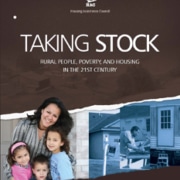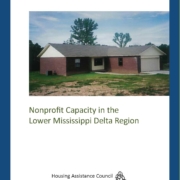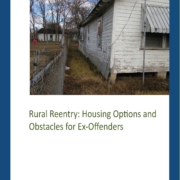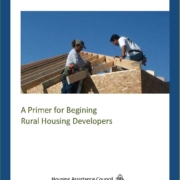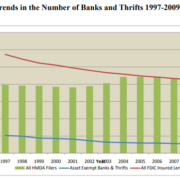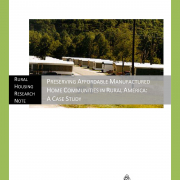Taking Stock 2010
More from Taking Stock at #RuralFacts and Poverty in the United States (Map)
TAKING STOCK: RURAL PEOPLE, POVERTY AND HOUSING IN THE 21ST CENTURY
Nearly 30 years ago the Housing Assistance Council (HAC) published Taking Stock, one of the first comprehensive assessments of rural poverty and housing conditions in the United States. Since the 1980s, HAC has prepared an updated Taking Stock every ten years following the release of decennial Census data. Now HAC presents the newest edition of Taking Stock, using data from the 2010 Census and American Community Survey (ACS) to describe the social, economic, and housing characteristics of rural Americans.
Download Taking Stock (PDF):
I. SOCIAL, ECONOMIC, AND HOUSING CONDITIONS IN RURAL AMERICA
Rural People and Places: The Demographics of Rural and Small Town America
II. HIGH POVERTY REGIONS AND POPULATIONS IN RURAL AMERICA
Zavala County, Texas
Hancock County, Tennessee
Kern County, California
West Feliciana Parish, Louisiana
Shannon County, South Dakota
Appendices
Download Complete Publication (30MB)
More on Taking Stock information on Twitter #RuralFacts
To purchase a physical copy of Taking Stock for $26, click on the Amazon link.
Press Conference: On December 6, 2012, HAC hosted a press conferenceto announce the publication ofTaking Stock, HAC’s detailed report on Rural People, Poverty, and Housing in the 21st Century. Access an archived recording of the webcast here.
All Files are in PDF format and require Adobe Acrobat Reader.
Questions? Contact Dan Stern at HAC, dan@ruralhome.org, 202-842-8600.

